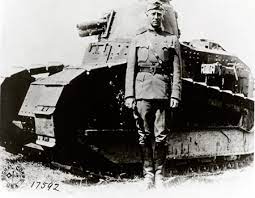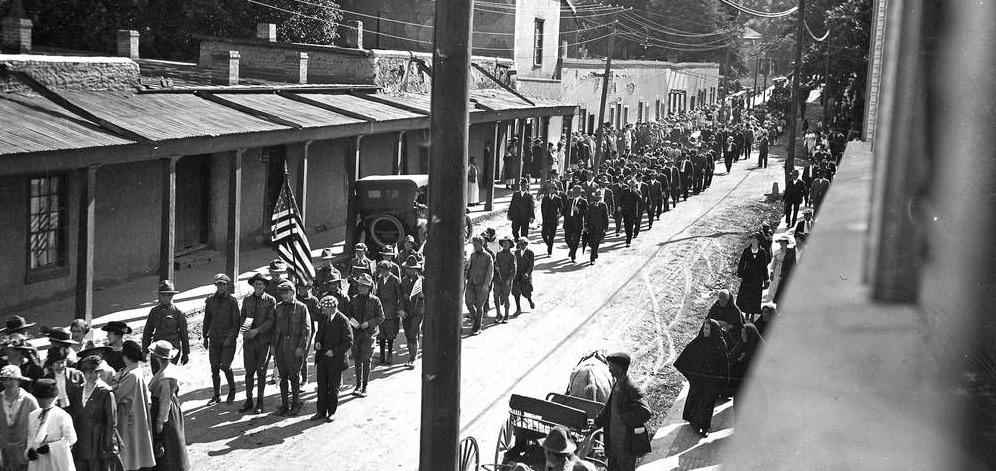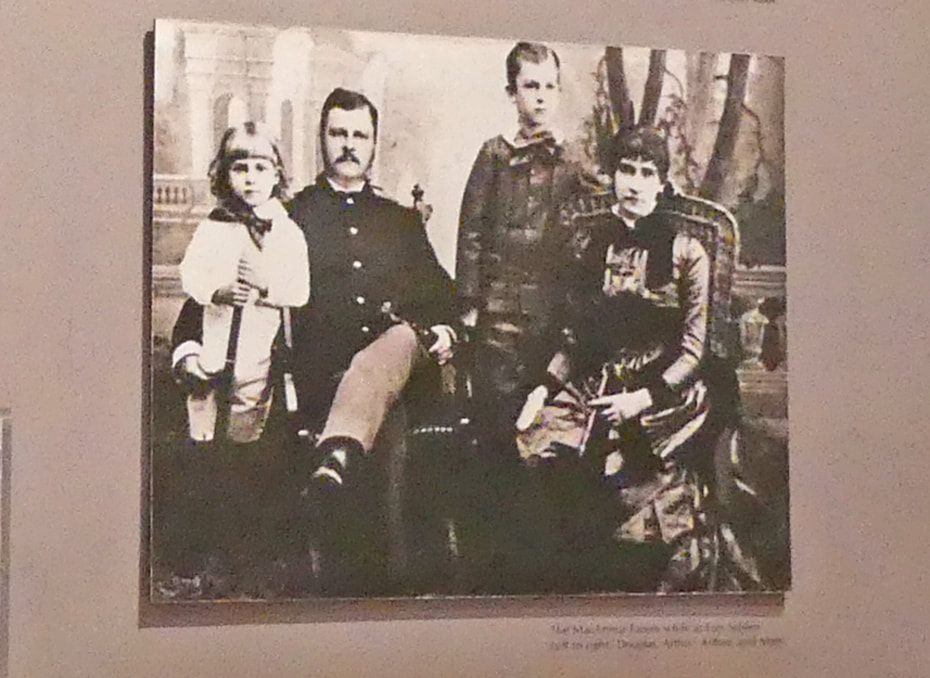It seems most Americans don't understand what Veterans Day is and what other commemoration it grew out of. In the United States, Veteran's Day is observed every year on November 11. Its purpose is to honor military veterans of the United States Armed Forces. Prior to 1954, the day was called Armistice Day, and recognized the 11th hour of the 11th day of the 11th month in 1918, when the Armistice with Germany went into effect., ending major hostilities during World War I. In South Africa, the day is called Poppy Day. In Britain, France, Belgium and Poland.it is called Remembrance Day.
 Ernest Wrentmore
Ernest Wrentmore  Pattonn in front of one of his tanks.
Pattonn in front of one of his tanks. 




